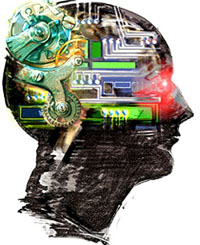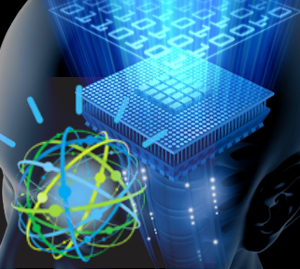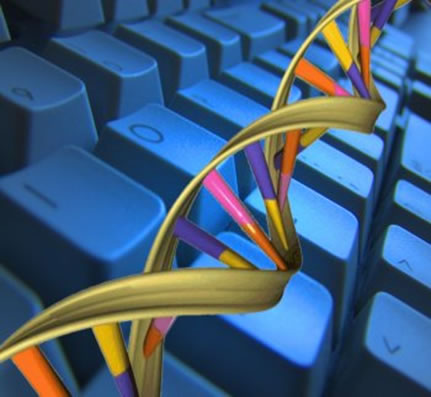Research in SNU Biointelligence Lab
Our research focuses on brain-inspired computational intelligence
technologies, i.e. biointelligence. We use mathematical modeling, computer simulations, and cognitive
experiments to build models of cognitive information processing at the molecular, neural, and whole-brain
scales. These evolutionary computational models are then used to develop human-competitive learning and
inference machines for solving real-world problems in artificial intelligence and cognitive brain science.

|
BabyMind Project
Infant-Mimic Neurocognitive Developmental Machine Learning from
Interaction Experience with Real World
|

|
StarLab Project
Cognitive Agents That Learn Everyday Life
|

|
DeepAction
Deep Learning of TV Viewer Activities
|
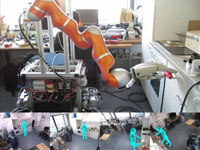
|
DeepClone
Cloning Humans for Scheduling Personal Service Robots
|
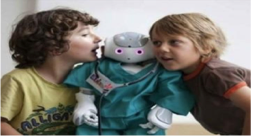
|
CogHRI
Cognitive Communication as Moving Target Tracking
|

|
Molecular AI
Intelligent Nanobio Agents That Learn
|
|
